
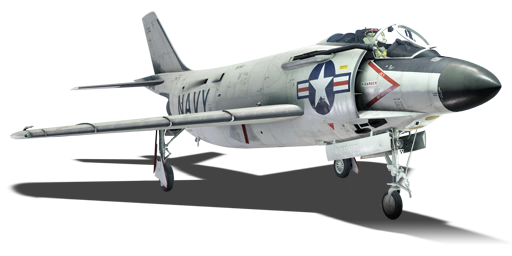


The F3H-2 Demon was a big improvement over the F3H-1N. Significant issues with the Westinghouse J40 almost killed the Demon project. As the J40 was being remedied, McDonnell inquired to the Navy about a new powerplant in case the J40 was deemed too far gone. After authorization, McDonnell chose the Allison J71 engine which was a vast improvement over the previous J40. Unlike previous versions of the Demon, the F3H-2 could launch the more advanced AIM-7C Sparrow. It could also carry AIM-9B Sidewinders and up to 6,000 lbs of ordnance. Although the F3H-2 was deemed somewhat favorable by its crews, newer and more advanced aircraft like the F-8 Crusader and F-4 Phantom numbered the Demon’s days. Finally, in 1964, the last naval squadron using Demons, VF-161, switched them out for the new Phantoms.
Introduced in Update "Starfighters", the F3H-2 is a decent single-engine fighter. Although the engine issue was largely solved, the Demon was still quite heavy and underpowered. In-game players should not stick to lengthy dogfights due to the Demon’s weak energy retention and energy loss. With excess energy, the Demon can turn quite well however it’s only for a few turns before it becomes slow and an easy target. The AIM-7C Sparrows are very ineffective due to the weak motor, guidance delay time, and overall lacklustre performance. Players should opt for the AIM-9B Sidewinder instead of the AIM-7Cs. Overall, the F3H-2 Demon is a capable aircraft with some quirks that can be mitigated.
flaps
flaps
flaps
brake
| Belt | Belt filling | Armor penetration (mm) at a distance: | |||||
|---|---|---|---|---|---|---|---|
| 10 m | 100 m | 500 m | 1000 m | 1500 m | 2000 m | ||
| AP-T/HEI/HEI | 42 | 39 | 27 | 18 | 11 | 7 | |
| AP-T/HEI | 42 | 39 | 27 | 18 | 11 | 7 | |
| AP-T/HEI/AP-I/HEI | 42 | 39 | 27 | 18 | 11 | 7 | |
| AP-T/AP-T/HEI/AP-I | 42 | 39 | 27 | 18 | 11 | 7 | |
| AP-I/HEI/HEI/HEI | 42 | 39 | 27 | 18 | 11 | 7 | |
| Belt | Belt filling | Armor penetration (mm) at a distance: | |||||
|---|---|---|---|---|---|---|---|
| 10 m | 100 m | 500 m | 1000 m | 1500 m | 2000 m | ||
| AP-T/HEI/HEI | 42 | 39 | 27 | 18 | 11 | 7 | |
| AP-T/HEI | 42 | 39 | 27 | 18 | 11 | 7 | |
| AP-T/HEI/AP-I/HEI | 42 | 39 | 27 | 18 | 11 | 7 | |
| AP-T/AP-T/HEI/AP-I | 42 | 39 | 27 | 18 | 11 | 7 | |
| AP-I/HEI/HEI/HEI | 42 | 39 | 27 | 18 | 11 | 7 | |
| Name | Weight | Slot | ||||||||
|---|---|---|---|---|---|---|---|---|---|---|
| 72.6 kg |  |  |  |  | ||||||
| 172 kg | 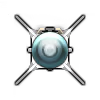 |  |  |  | ||||||
| 7 × | 93.3 kg | 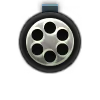 |  |  |  |  |  |  |  | |
| 19 × | 233.7 kg |  |  |  |  |  |  | |||
| 117.9 kg | 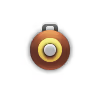 |  |  |  |  |  | ||||
| 117.9 kg |  |  |  |  |  |  | ||||
| 242.6 kg |  |  |  |  |  |  | ||||
| 240.9 kg |  |  |  |  | ||||||
| 446.8 kg |  |  | ||||||||
| 893.6 kg | 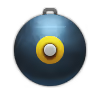 |  | ||||||||
| 1,369.8 kg | 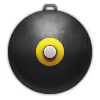 | |||||||||












Flight performance | |
|---|---|
Survivability |
|---|
Weaponry | |||
|---|---|---|---|